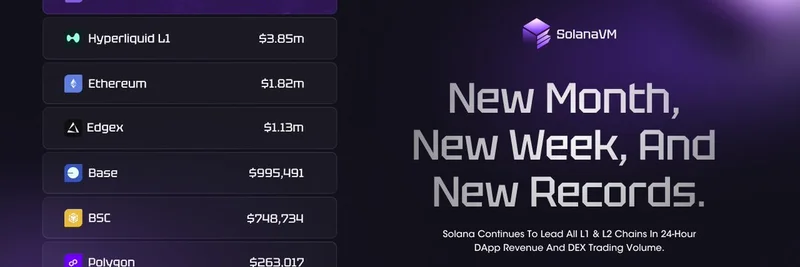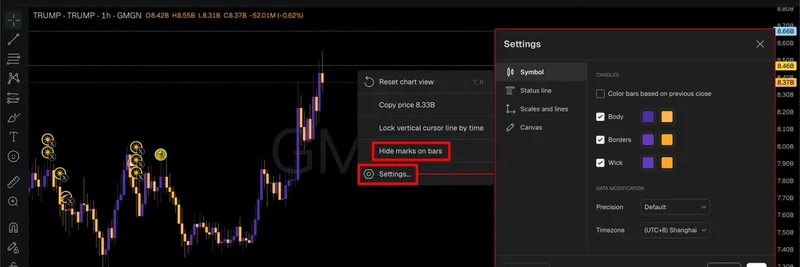Hey there, meme token enthusiasts! If you’ve been scrolling through X lately, you might have stumbled across a thought-provoking post by baoskee that’s got people talking. Posted on July 29, 2025, baoskee dropped a gem: “u can tell when a product is VC slop. it tends to support 300 different things and ur confused on what the hell it does.” They even teased a follow-up thread—stay tuned for that! As someone who’s spent years diving into the world of crypto and blockchain at Meme Insider, I couldn’t resist breaking this down for you, especially with a meme token twist.
What’s VC Slop, Anyway?
First things first—let’s decode “VC slop.” The term comes from “venture capital,” which is the money and expertise investors pour into startups with big growth potential (think early-stage companies like those launching meme tokens). According to Investopedia, venture capital often comes through private equity, where investors take ownership stakes and guide the company. But here’s the catch: when a product tries to do everything to impress these investors, it can end up a confusing mess. Baoskee’s point? If a product brags about supporting 300 features but leaves you scratching your head, it might be “VC slop”—a sign it’s more about securing funding than delivering value.
Why This Matters for Meme Tokens
Now, let’s connect this to the meme token world. Meme coins like Dogecoin or Shiba Inu often start as jokes but can explode in value if the community buys in. CoinMarketCap notes that these tokens are super volatile, and their success often hinges on a clear purpose—or at least a fun story. A VC-backed meme token project that piles on random features (say, a marketplace, a game, and a charity wallet all in one) might scream “slop” to savvy investors. Why? Because it dilutes the brand and confuses users, which is the last thing a meme token needs when its hype is its lifeblood.
The Design Dilemma
This idea isn’t new. Back in 2013, The New York Times explored how overcomplicated design can backfire, citing products that cram in features to look impressive but end up confusing everyone. For meme tokens, this could mean a wallet app that promises NFT storage, staking, and a meme generator—great on paper, but a nightmare to use. Baoskee’s observation aligns with this: when a product tries to please everyone (especially VC backers), it risks losing its core audience.
Spotting VC Slop in the Wild
So, how do you spot this “slop” in crypto projects? Here are a few red flags:
- Feature Overload: If a token’s whitepaper lists 50 use cases, ask: does it really need all of them?
- Vague Purpose: Check if the project’s mission feels like a buzzword salad (e.g., “decentralized innovation hub”).
- Heavy VC Backing: Look at the funding. Big names like Andreessen Horowitz might push for aggressive feature creep.
For meme tokens, where community trust is key, this can be a dealbreaker. A project like Swear, mentioned in TechTarget for its blockchain-based content verification, keeps it simple—and that’s a lesson worth stealing.
What’s Next?
Baoskee promised a thread to expand on this, and I’m excited to see where they take it. For now, this X post is a wake-up call for meme token creators and investors alike. At Meme Insider, we’re all about cutting through the noise to bring you the latest trends. Keep an eye on how VC influence shapes the next wave of meme coins—simplicity might just be the secret sauce.
Got thoughts on VC slop or meme token design? Drop them in the comments—I’d love to hear from you!




